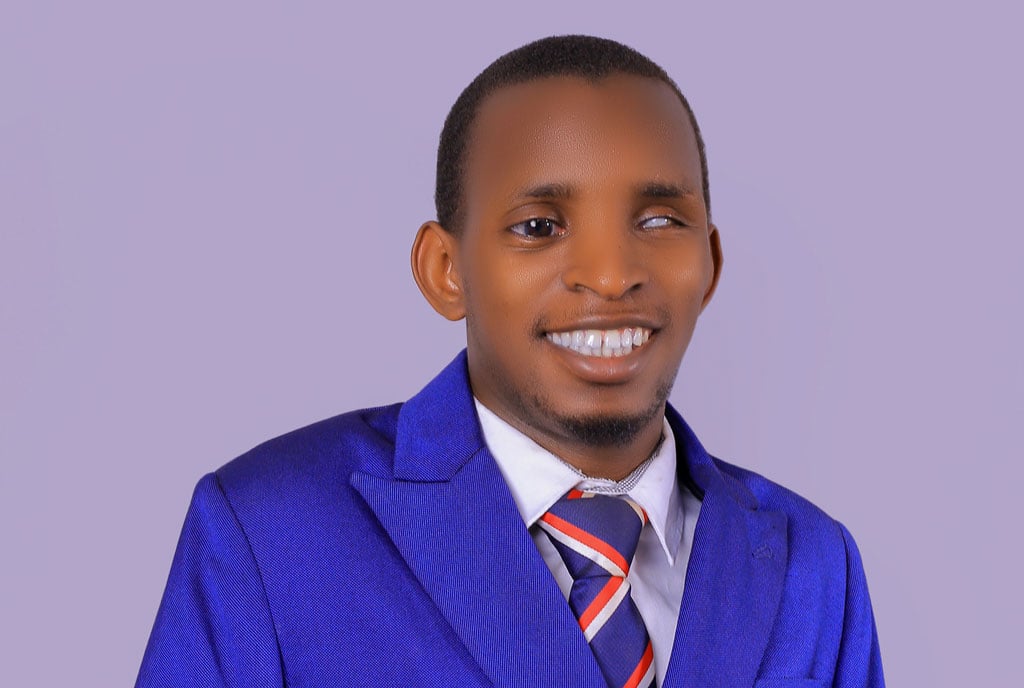Prime
Invest in technologies for visually impaired children

What you need to know:
According to the 2017 second draft of the ‘ICT for disability policy’ developed by the Ministry of Information and Communications Technology, Uganda does not have in place a specific web accessibility policy for PWDs
In order to develop Uganda’s technology landscape and make it more inclusive, it is important to provide specific focus to groups that have not been adequately resourced in the past, such as Persons with Disability (PWDs). While they each have specific needs, the blind are faced with discrimination in many sectors, but most especially in education. Some of the challenges are, but not limited to, accessing physical spaces and the learning process; such as mobility within the institutions of learning, access to classrooms, reading, writing, viewing what is projected in class as well as socializing with other students, teachers, and staff. This inhibits learning in many ways and makes them miss a great deal of benefits that come from ordinary school life.
According to the 2017 second draft of the ‘ICT for disability policy’ developed by the Ministry of Information and Communications Technology, Uganda does not have in place a specific web accessibility policy for PWDs. The goal of a web accessibility policy should be to remove barriers faced by PWDs in using websites. For example, people who are blind or with low vision require online platforms that are compatible with computer screen readers that allow users to read the screen with a text-to-speech output or by a refreshable Braille display.
A recent visit to St. Francis school of the blind in Madera, Soroti, was an opportunity for me to experience, first hand, how assistive technologies can be game changers for young visually impaired children. These children have been trained in both accessible information and assistive technologies through an educational program led by Oysters and Pearls, whose emphasis is on teaching Science, Technology, Engineering and Math (STEM) to students in Uganda. Because of the access to assistive technologies, a total of fourteen (14) pupils, nine males and five females, were able to sit for their Primary Leaving Exams (PLE), with half of them passing with a second division, five in the third division and only two in the fourth division. Given their daily challenges, these are promising results if only more can be done to support the rest of the pupils.
They read using braille and then type out their answers, print and submit for marking. All this is aided by JAWS, one of the most popular screen readers, developed for computer users whose vision loss prevents them from seeing screen content. Whereas they have all the support at their primary level of education, they are confronted with a nightmare when they have to progress to secondary school. This is twofold; First, the number of secondary schools that support the blind are not only few but lack many of these technologies for blind learners. Second, teachers who are not trained in special needs are confronted with the challenge of teaching visually impaired learners. Herein lies and opportunity to use assistive technologies to bridge these gaps for both learners and educators. Technologies work as enablers and their potential is limitless.
Whereas there is need to develop functional policies by the Ministry of ICT and National Guidance in collaboration with Uganda Communications Commission (UCC) and the National Information Technology Authority of Uganda (NITA-U), the Ministry of Education and Sports should take a leadership role in guiding the Ministry of ICT and its partners on education related gaps that exist for visually impaired learners. This will then enable the development of progressive policies and functional technological solutions that put into account data protection and privacy of the already vulnerable group. For the visually impaired, assistive technology tools can be life changing, they can make a difference to people’s independence, increase privacy and dignity. And for young children, they can make a difference in their education and give them a chance to experience life differently. Investing in these technologies is investing in the future of these children.
Maureen Agena, Technologist & Development, Communications Consultant . @maureenagena




